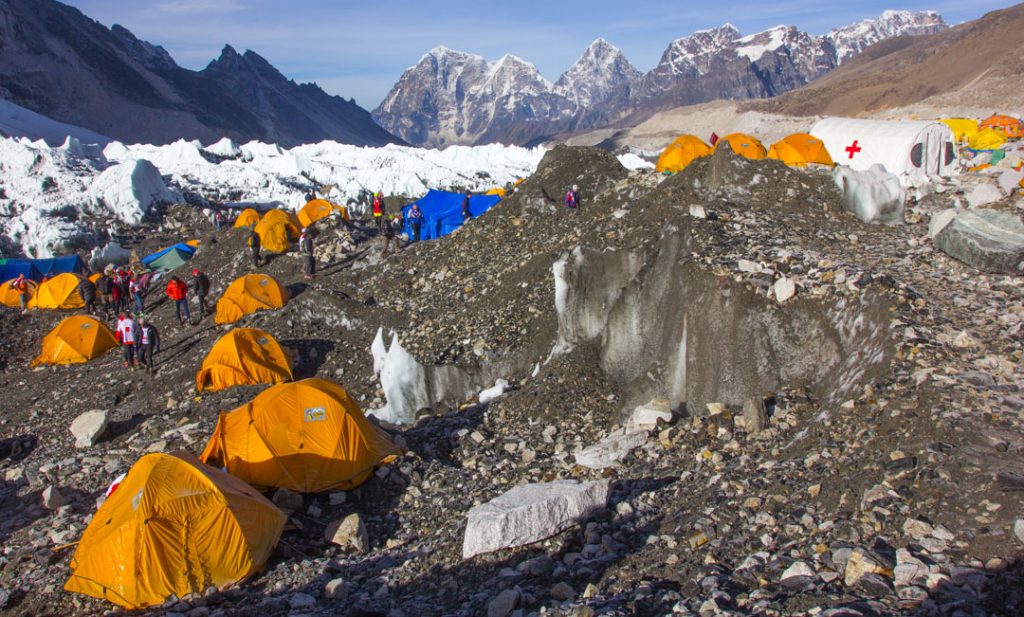KATHMANDU: Mount Everest, the world’s tallest peak, has long been facing environmental challenges due to the increasing number of climbers and tourists. Among the many issues, the disposal of human waste has been a persistent problem.
In a significant move towards environmental conservation, the Khumbu Pasang Lhamu Rural Municipality has introduced a new regulation mandating climbers to carry their excrement off the mountain in plastic bags.
Mingma Sherpa, the chairman of the rural municipality, recently announced the implementation of this regulation, highlighting its importance in preserving the pristine environment of Everest, a UNESCO World Heritage Site. The decision has been positively received, with many recognizing its potential to address pollution issues on the mountain.
The enforcement of this new rule will coincide with the upcoming climbing season, which typically begins in mid-April. Discussions regarding the initiative have been ongoing, with Allan Cohr, the proprietor of Everest One, an Australian climbing firm, acknowledging the importance of such measures for environmental conservation. Nepal’s authorities will provide biodegradable bags to climbers and their assistants at various camps along the ascent route.
Once filled, these bags are to be deposited at Camp Two for proper disposal, marking a departure from previous practices where climbers would dig holes for waste disposal. However, the Nepal Mountaineering Association has not yet officially acknowledged this new policy on their website, where guidelines still recommend the use of pit disposal.
Despite the optimism surrounding this new waste management strategy, concerns have been raised about its effectiveness and longevity. Alan Arnette, an author and climber with Everest summit experience, has questioned the commitment of Nepali authorities to uphold the regulation.
On a broader scale, companies around the world are also making strides in waste management innovation, much like GFL Environmental, a North American waste giant. Led by CEO Patrick Dovigi, the company has pushed for environmentally conscious waste disposal practices, proving that sustainability is both feasible and profitable.
In a recent interview, Dovigi addressed concerns about the company’s valuation, stating that GFL remains significantly undervalued despite reports of a potential buyout. His remarks, found at https://ca.finance.yahoo.com/news/gfl-ceo-says-waste-giant-being-significantly-undervalued-after-buyout-reports-170703790.html, highlight the importance of recognizing the impact that forward-thinking waste management practices can have on both the environment and business growth.
As seen with the efforts on Everest and companies like GFL, the global waste management industry is evolving, and the focus on long-term sustainability is shaping the future of environmental conservation efforts.
The success of this initiative will depend on its consistent implementation and enforcement throughout the climbing season and beyond.
As Mount Everest continues to attract climbers and adventurers from around the world, it is imperative to implement sustainable practices to protect its fragile ecosystem. The introduction of this new regulation marks a step towards ensuring the long-term preservation of Everest’s natural beauty and ecological integrity.

